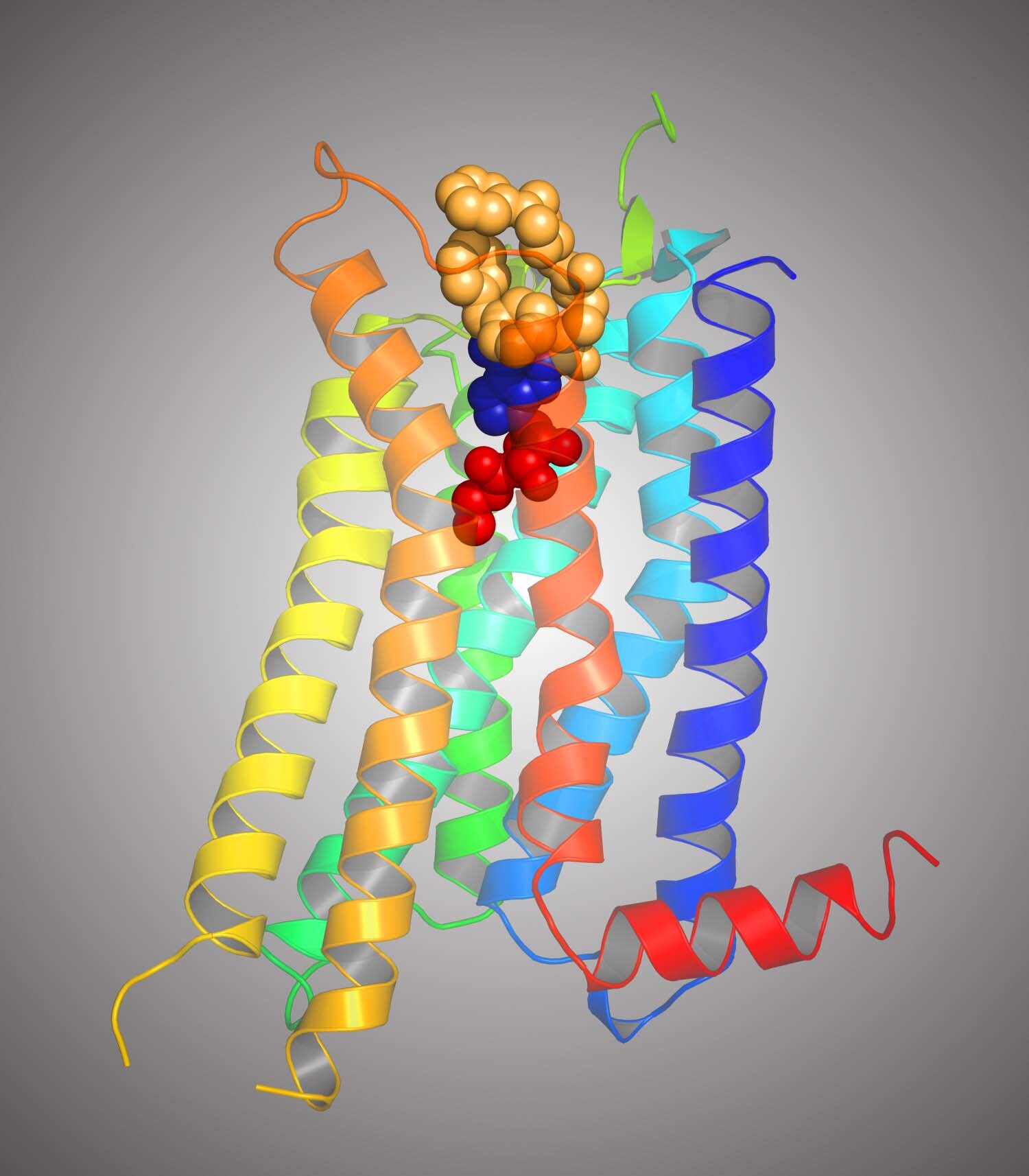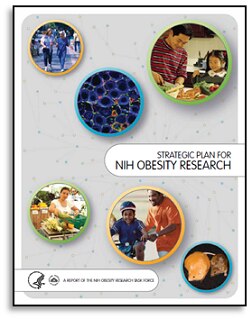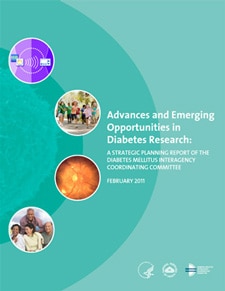Research Updates
Researchers at NIH and Uniformed Services University of Health Sciences have zoomed in on mouse chromosomes: Findings have the potential to improve the detection of genes linked to disease and to help understand the root causes of genetic abnormalities. The research, published online April 3 in Nature, moves scientists one step closer to understanding how mammals evolve and respond to their environments.
For the first time, researchers have found five regions in the human genome that increase susceptibility to immunoglobulin A (IgA) nephropathy: A major cause of kidney failure worldwide—systematically identifying those that point to a tendency for IgA nephropathy, or a protection against it. The ongoing genome-wide association study is funded by the NIH’s Office of the Director, NIDDK, and National Center for Research Resources, under an NIH Challenge Grant. The project is a part of the $10.4 billion provided to NIH through the Recovery Act. Results were published in the April issue of Nature Genetics.

Researchers have solved the three-dimensional structure of a key biological receptor: The finding has the potential to speed drug discovery in many areas, from arthritis to respiratory disorders to wound healing, because it enables chemists to better examine and design molecules for use in experimental drugs. The researchers are from the NIH, collaborating with labs at The Scripps Research Institute and the University of California, San Diego. The finding is published in the March 10 edition of Science Express.
In this representation, the newly determined structure of the A2A receptor for adenosine is shown surrounding its synthetic agonist, a molecule that turns on the receptor. The spiral shapes and the slim connecting loops represent the receptor protein, winding back and forth through the cell membrane. The central (red) part of the agonist is critical for activation of the receptor. The top (tan-colored) part of the agonist, facing the outside of the cell, acts like arms to fill much of the remaining space in the binding site and stabilize the receptor, in order to obtain a crystallized structure. Source: Francesca Deflorian, Ph.D., NIDDK, NIH

New strategic plan for NIH obesity research seeks to curb epidemic: The NIH released its second Strategic Plan for NIH Obesity Research on March 31. Developed by the NIH Obesity Research Task Force, on which NIDDK plays a leadership role, the plan recognizes that eating less and exercising more is easier said than done. Highlighting the crucial role of research in efforts to reduce obesity, the plan—which had input from internal and external researchers, health care professionals, and the public during its creation—emphasizes moving science from laboratory to clinical trials to practical solutions, and is designed to help target efforts and resources in areas most likely to help.
"Obesity has many causes and contributing factors. This plan is a bold blueprint that will encourage the research community to examine the epidemic of obesity from diverse perspectives," said NIH Director Dr. Francis S. Collins. "Through the scientific opportunities outlined in the strategic plan, researchers can work together toward the goals of preventing and treating obesity, to help people lead healthier and more fulfilling lives."
Learn more about obesity research at NIH, see a video about the plan featuring Dr. Collins, and view or request a free copy of the summary or complete Strategic Plan at NIH Obesity Research.

Diabetes research strategic plan now available: Advances and Emerging Opportunities in Diabetes Research: A Strategic Planning Report of the Diabetes Mellitus Interagency Committee, which was released in February, is now available electronically on the NIDDK Web site. NIH highlighted the publication of the strategic plan in a March 18 press release.
The strategic plan identifies an array of research opportunities with the greatest potential to benefit the millions of Americans who are living with or at risk for diabetes and its complications. To order a print copy, see instructions on the strategic plan Web site listed above.
NIDDK current funding opportunities
Grants and contract notices

